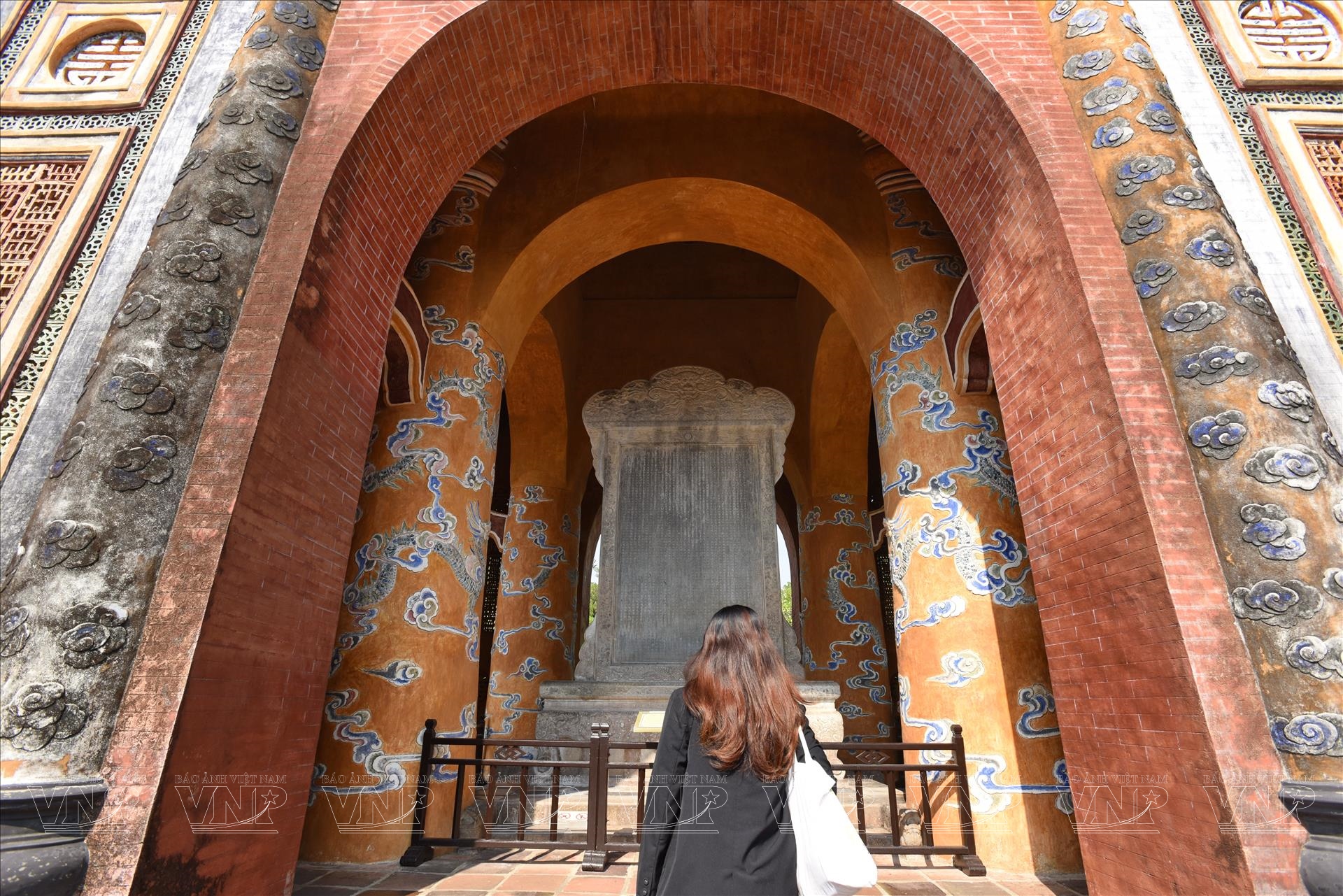Khiem Cung Ky – An Unprecedented Autobiography by an Emperor

Khiem Cung Ky – An Unparalleled Autobiography by an Emperor
Unlike the traditional stele inscriptions composed by royal heirs to glorify their predecessors—such as those honoring Emperors Gia Long, Minh Mang, or Thieu Tri—Khiem Cung Ky is entirely different. It was authored by Emperor Tu Duc himself during his lifetime, serving as an introspective, humble, and deeply contemplative memoir.
The inscription unfolds in five parts:
- The first recounts the emperor’s childhood—before the weight of the crown was placed upon him.
- The second reflects on the challenges and burdens of ruling a nation.
- The third vividly portrays Khiem Lang, the emperor’s future resting place—blending architectural grace with the serenity of nature, used both in life as a retreat and in death as a tomb.
- The fourth reveals Tu Duc’s longing for simplicity and peace, away from the grandeur of court life.
- The fifth lays bare the purpose of the text: to document his deeds, acknowledge his mistakes, and leave behind a sincere confession to posterity—something few monarchs would have the courage to do.
Today, after 154 years, this unparalleled self-portrait of a ruler's heart still endures—engraved within Khiem Lang, the most poetic and serene of all imperial tombs in Hue.

The stele has a rectangular shape with identical decorative motifs on both faces, though each side bears a different inscription.
At the top, the stele is crowned with a khánh-shaped arch — reminiscent of the ancient ritual chime and shaped like the Chinese character for "joy" (喜). This section is intricately carved in high relief with the "dragon amidst clouds" motif. A frontal dragon’s face appears prominently at the center, with its coiled tail positioned below, surrounded by swirling clouds and flame-like patterns.
Each of the four corners (or "ears") of the stele is adorned with a dragon motif: the upper two corners feature ascending dragons ("long thăng"), while the lower two depict coiled dragons ("hồi long"). Along the border, high-relief carvings display traditional motifs such as "two dragons flanking the sun" ("lưỡng long triều nhật"), "ascending dragons" ("long thăng"), and "descending dragons" ("long giáng").
The pedestal of the stele is crafted in the form of crouching legs, elaborately decorated with both relief and openwork carvings. These include dragons, cloud scrolls, stylized tiger masks ("hổ phù"), and angular S-shaped geometric patterns.
The entire structure—both the stele and its pedestal—rests upon a two-tiered base made of Thanh stone, with stairways leading up from all four sides.



